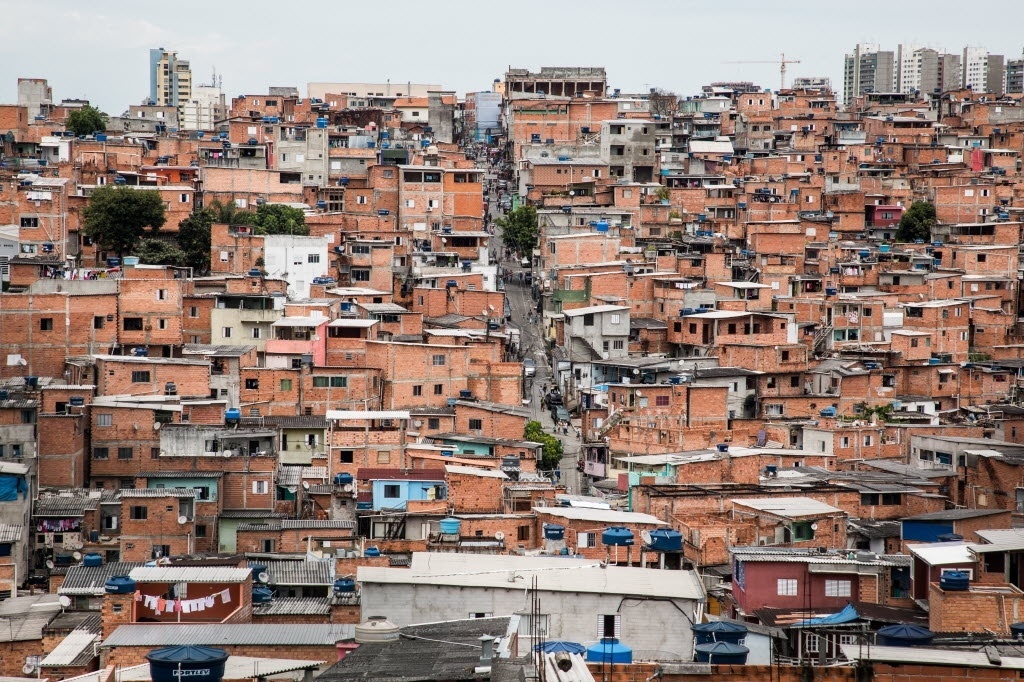RIO DE JANEIRO, BRAZIL – Data from the Municipal Health Secretariat summarized in a report late Friday shows that novel coronavirus cases are moving towards the most impoverished and remote neighborhoods in the city of Rio de Janeiro. In all, there are 94 people infected in the municipality, 16 of them hospitalized.

By Friday evening, Covid-19 cases were reported in Padre Miguel (two), Bangu (one), and Sepetiba (one) in the West Zone. In the North Zone, two suspected cases were reported for the first time in Complexo da Maré and another in Pavuna. There are also unconfirmed records in Parque Anchieta (one), Realengo (one), Campo Grande (four), Cosmos (one), Santa Cruz (one), and Pedra de Guaratiba (two).
The situation in Rio reflects what Health Minister Luiz Henrique Mandetta described as the case throughout Brazil. In an ordinance published on Friday, he declared that community transmission of the virus – when it is no longer possible to determine from whom the cycle began – is now a reality throughout Brazil.
In the capital city of Rio de Janeiro, confirmed cases have been increasing and have virtually doubled in a week. On Monday, there were 51 cases, and on Friday, five days later, there were 94. In the same period, the number of suspected cases increased from 173 to 184 but rose again on Thursday reaching 205.
Most confirmed cases are still found in wealthier neighborhoods, such as Barra da Tijuca (16), in the West Zone, Leblon (16), Ipanema (ten), São Conrado (eight), Copacabana (five), Jardim Botânico (five), Botafogo (four), Flamengo (four), among others.
In February, in an interview with GloboNews, Mandetta said he was concerned about the virus reaching Rio, given the concentration of residents in Rio’s favelas.
“Rio is a more condensed city. We have a distance issue and the spaces are smaller. In addition, there are areas of social exclusion, favelas, proximity areas very close to people with poor sanitation and large family clusters that live within cramped environments,” the minister said at the time.
In addition to the problems listed last month by Mandetta, another aggravating factor has emerged in recent days: communities in Rio and municipalities in the lowland Baixada Fluminense suburbs, have been experiencing water shortages, a major hindrance for their inhabitants to comply with the basic hygiene practices for the prevention of coronavirus by washing their hands.
Furthermore, there are challenges in the basic assistance to Rio’s residents. A 2019 survey by the City Council’s Health Commission showed that the capacity of the Family Health network in Rio decreased 17 percent. Coverage, which was at 70 percent of the city, dropped to 53 percent. The data is contested by the Health Secretariat, which claims it inaugurated nine facilities.
Source: Exame

